Meaning of Five Dhyani Buddha Mudra
Mudra, the Sanskrit word usually denotes a hand gestures and finger postures that are used in Buddhism. Such Buddha mudra is associated with the images of Buddhas and Bodhisattvas to represent different teachings and philosophy of Buddhism.
A statue or painting of buddha always illustrates a Mudra. Among hundreds of mudras, the five transcendental Buddha’s also called “Dhyani Buddhas” or “Pancha Buddhas” bear the most important mudras.
Five Mudras of Dhyani Buddhas and their meanings are as follows:
Dharmachakra Buddha Mudra – Vairochana:
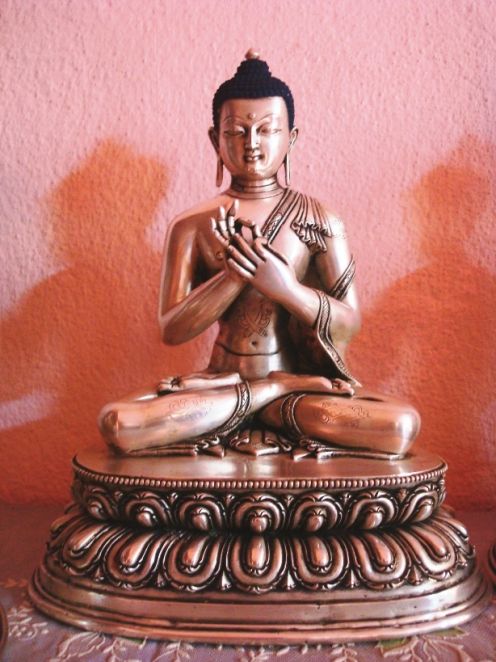 Vairochana is regarded as the first Dhyani Buddha in Nepalese-Tibetan Buddhism. He represents the cosmic element of Rupa (form). His two hands are held against the chest with the tips of the thumbs and forefingers of each hand united. This mudra is called Dharmachakra Mudra which is the gesture of Teaching. Literally, Dharma means “Law” and Chakra means wheel and usually interpreted turning the Wheel of Law. It is also gesture of hands exhibited by Lord Buddha while preaching his first sermon at Sarnath.
Vairochana is regarded as the first Dhyani Buddha in Nepalese-Tibetan Buddhism. He represents the cosmic element of Rupa (form). His two hands are held against the chest with the tips of the thumbs and forefingers of each hand united. This mudra is called Dharmachakra Mudra which is the gesture of Teaching. Literally, Dharma means “Law” and Chakra means wheel and usually interpreted turning the Wheel of Law. It is also gesture of hands exhibited by Lord Buddha while preaching his first sermon at Sarnath.
Bhumisparsa Buddha Mudra – Akshobhya:
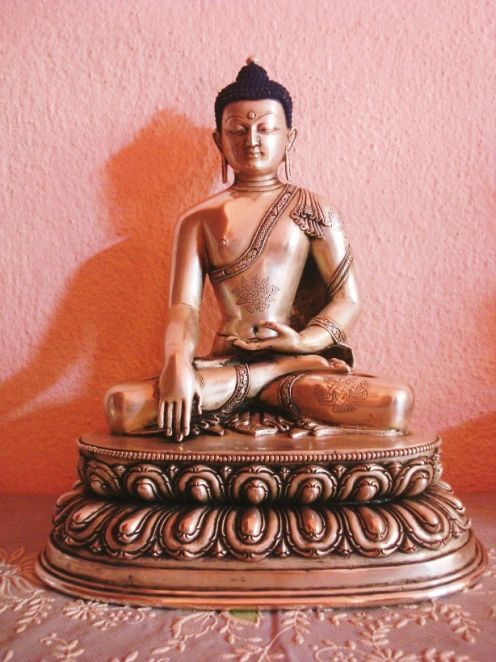 Akshobhya is regarded as the second Dhyani Buddha in Nepalese/Tibetan Buddhism. He represents the primodal cosmic element of Vijnana (consciousness). Buddha Akshobhya can be seen sometimes riding on an elephant symbolizing the steadfast nature of his Bodhisattva vows. His right hand displays the Bhumisparsa (earth-touching) mudra. This hand gesture is linked with the life of Shakyamuni Buddha. When Shakyamuni Buddha was on the verge of ultimate Enlightenment, he has to face both internal and external Maras. It is believed that Devaputra Mara questioned him on the validity of his attainment of Enlightenment and his perfection of Paramita. At that time, his only witness was the earth. Buddha Shakyamuni asked mother earth to bear witness to his attainment of Enlightenment. To indicate this, he touched the earth with his right hand as witness to his perfection. This gesture, called “touching the earth” (Bhumisparsa Mudra), became Buddha Akshobhya’s Mudra.
Akshobhya is regarded as the second Dhyani Buddha in Nepalese/Tibetan Buddhism. He represents the primodal cosmic element of Vijnana (consciousness). Buddha Akshobhya can be seen sometimes riding on an elephant symbolizing the steadfast nature of his Bodhisattva vows. His right hand displays the Bhumisparsa (earth-touching) mudra. This hand gesture is linked with the life of Shakyamuni Buddha. When Shakyamuni Buddha was on the verge of ultimate Enlightenment, he has to face both internal and external Maras. It is believed that Devaputra Mara questioned him on the validity of his attainment of Enlightenment and his perfection of Paramita. At that time, his only witness was the earth. Buddha Shakyamuni asked mother earth to bear witness to his attainment of Enlightenment. To indicate this, he touched the earth with his right hand as witness to his perfection. This gesture, called “touching the earth” (Bhumisparsa Mudra), became Buddha Akshobhya’s Mudra.
Varada Buddha Mudra – Ratna Sambhava:
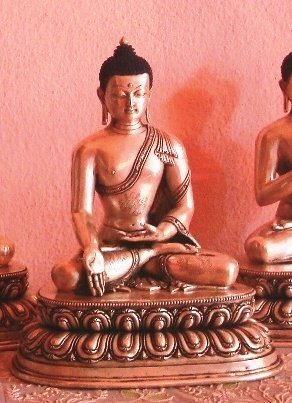 Ratna Sambhava is regarded as the third Dhyani Buddha in order. He represents the cosmic element of vedana (sensation). His recognition symbol is the jewel and he exhibits the Varada Mudra. His right hand lies open near his right knee. His left hand is seen holding an alms bowl. In Sanskrit, Varada means ‘granting a boon’. The gesture shows the right palm turned towards the receiver of boons, with the fingers pointed downwards.
Ratna Sambhava is regarded as the third Dhyani Buddha in order. He represents the cosmic element of vedana (sensation). His recognition symbol is the jewel and he exhibits the Varada Mudra. His right hand lies open near his right knee. His left hand is seen holding an alms bowl. In Sanskrit, Varada means ‘granting a boon’. The gesture shows the right palm turned towards the receiver of boons, with the fingers pointed downwards.
Dhyana Buddha Mudra – Amitabha Buddha:
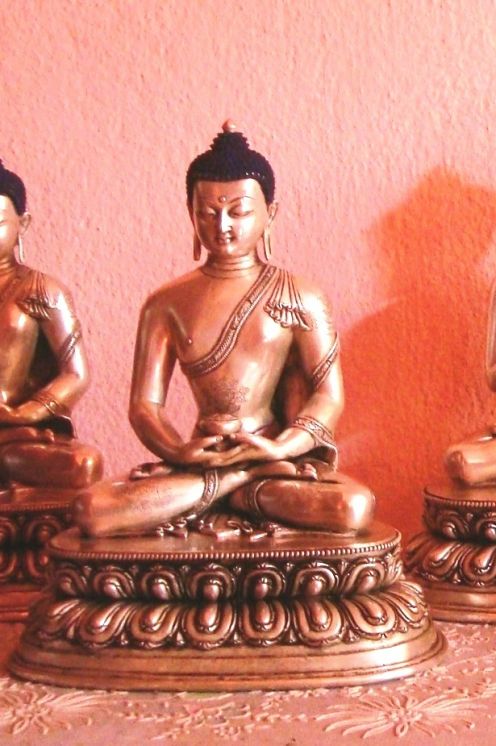 Amitabha Buddha is the most ancient Buddha among the Dhyani Buddhas. He is said to reside in the Sukhabati heaven in peaceful meditation. He is seated in a meditating position. This Mudra is called ‘Dhyanamudra’. His palms are joined together with the right on the left, two thumb fingers touching each other. An alms bowl is between his two palms. Here the meditating hand gesture represents the unity of wisdom and compassion.
Amitabha Buddha is the most ancient Buddha among the Dhyani Buddhas. He is said to reside in the Sukhabati heaven in peaceful meditation. He is seated in a meditating position. This Mudra is called ‘Dhyanamudra’. His palms are joined together with the right on the left, two thumb fingers touching each other. An alms bowl is between his two palms. Here the meditating hand gesture represents the unity of wisdom and compassion.
Abhaya Buddha Mudra – Amoghsiddhi :
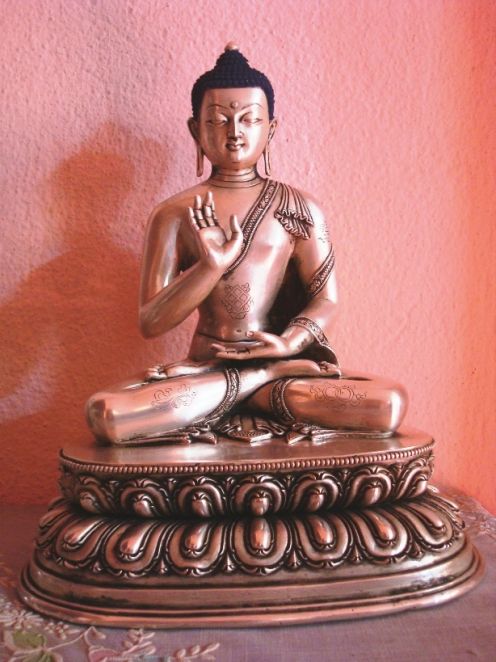 Amoghsiddhi is the fifth Dhyani Buddha in order. He represents cosmic element of Samskar (Conformation). His left hand lies open on the lap and the right exhibits the Abhaya Mudra. The gesture of fearlessness and protection, usually shown as the left hand with palm turned outward and all fingers extended upwards. The symbolic meaning of the dispelling fear pose is an interpretation of the action of preaching. It is said that one gains fearlessness by following the Bodhisattva path.
Amoghsiddhi is the fifth Dhyani Buddha in order. He represents cosmic element of Samskar (Conformation). His left hand lies open on the lap and the right exhibits the Abhaya Mudra. The gesture of fearlessness and protection, usually shown as the left hand with palm turned outward and all fingers extended upwards. The symbolic meaning of the dispelling fear pose is an interpretation of the action of preaching. It is said that one gains fearlessness by following the Bodhisattva path.
Relevant consort and Bodhisattva of 5 Dhyani Buddhas.
Each Dhyani Buddha has corresponding or relevant female deity or consort and Bodhisattva. They are as follows.
- White Tara in Sanskrit is known as Vajra Dhatvishvari, In Tibetan Language is known as Ying Chukma is the consort of Vairochana, who represents the purity of the element space
- White Tara is usually depicted in seated position, dressed and crowned like a Bodhisattva. And sometimes she is regarded as Saptalochana Tara. Saptalochana simple means seven eyes. The deity has two normal eyes and extra eyes on her forehead, palm and feet and lotus flower at one or both of her shoulder. She is seated in full Vajra Posture. Her right hand is in boon conferring posture, her left hand in teaching gesture holding the stem of the lotus. She is found wearing all sorts of precious ornaments which makes her look beautiful.
- Relevant Bodhisattva name is Samantabhadra.
- Consort of Akshobhya is Locani Buddha

- Locani is known as Buddhalochana in Sanskrit and in Tibet known as Sangye chenma) is the consort of Akshobhya who represents the purity of the element earth
- Relevant Bodhisattva is Vajrapani
- Consort of Amitabha is Pandaravasini

- Buddha Amitabha and Dakini consort Pandaravasini are the perception that is associated with element fire and light. They are related to the siddhi of magnetizing.
- Pandaravasini is a Sanskrit Term which is known as Gokarmo in Tibetan Language is the consort of Amitabha, who represents the purity of the element fire
- Relevant Bodhisattva is Avalokitesvara
- Consort of Ratnasambhava is Mamaki

- Mamaki is the Sanskrit word which is also known as Mamaki in Tibetan language is the consort of Ratnasambhava, who represents the purity of the element water
- Relevant Bodhisattva is Ratanapani
- Green Tara in Tibetan language is called: “Grol ma ljang gu”. It is believed that Green Tara guides us into the path of enlightenment “Nirvana”. Green Tara symbolizes the female side of wisdom activity in our mind and is basically an emanation of the air-element (Amoghsiddhi Buddha). She is also called ‘Mother of All Buddhas’ and has many peaceful and wrathful forms. By practicing the teaching of the goddess we can achieve quick thinking and quick learning of wisdom, generosity, magical perfection, fearlessness and spontaneity to reach a quick karmic achievements
- Green Tara is known as Samayatara in Sanskrit and Damtsik Drolma in Tibetan language.She is the consort of Amoghasiddhi, who represents the purity of the element wind
- Relevant Bodhisattva is Visvapani.
There are the five dhyani buddha mudras explained in detail. However, If you want to know about how the Buddha statues are made do check this article Making of a Buddha Statue.
 The statue arrived super fast and very well packed. The vibe in my apartment changed immediately into something deeply calming and soothing. As if all the tensions and anxieties have melted. Can’t believe just how majestic he looks. I was already deeply moved by the photo, but when I see the statue with my own eyes…It feels as if Manjushri is right there, with infinite compassion in his infinite wisdom. May all sentient beings be benefitted and realize their true nature.???
The statue arrived super fast and very well packed. The vibe in my apartment changed immediately into something deeply calming and soothing. As if all the tensions and anxieties have melted. Can’t believe just how majestic he looks. I was already deeply moved by the photo, but when I see the statue with my own eyes…It feels as if Manjushri is right there, with infinite compassion in his infinite wisdom. May all sentient beings be benefitted and realize their true nature.???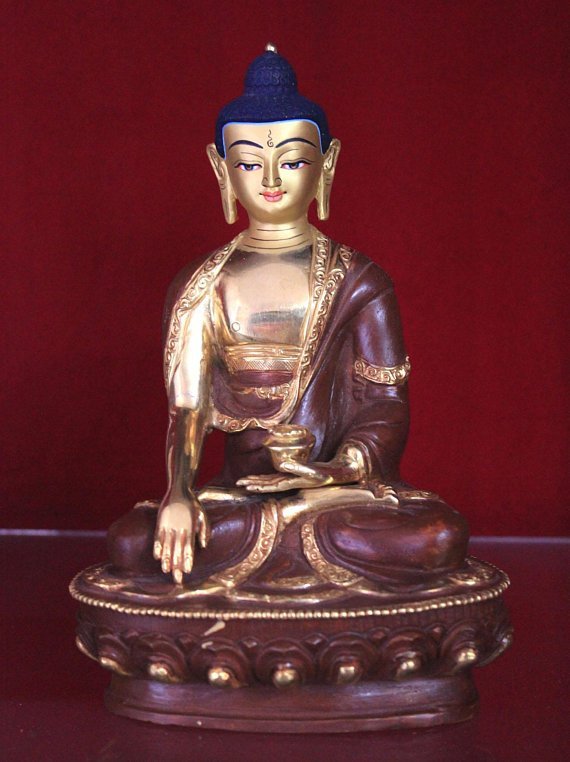
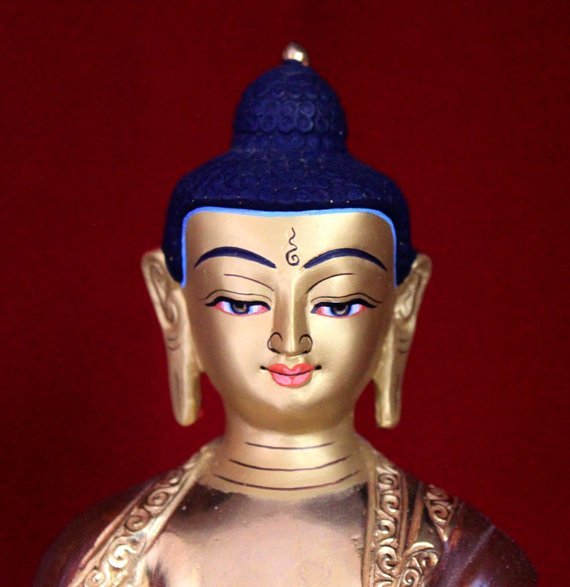
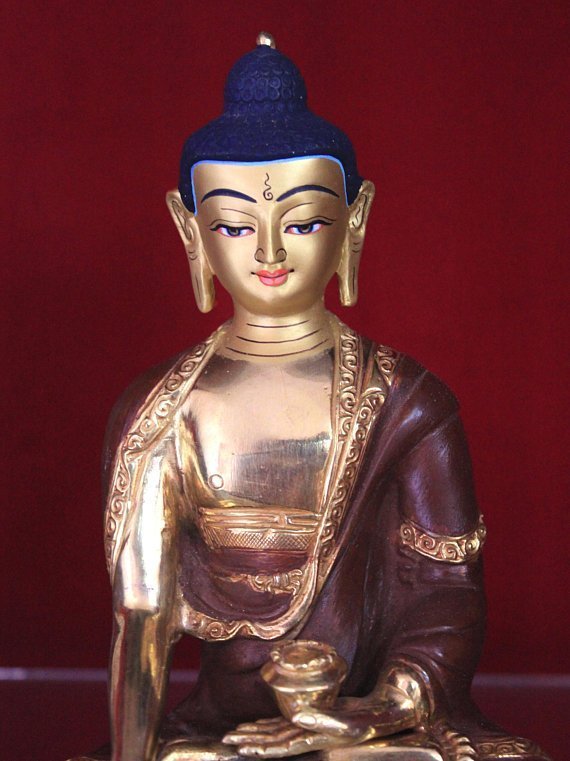
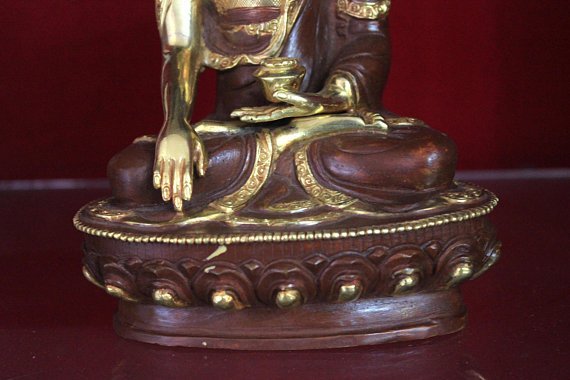
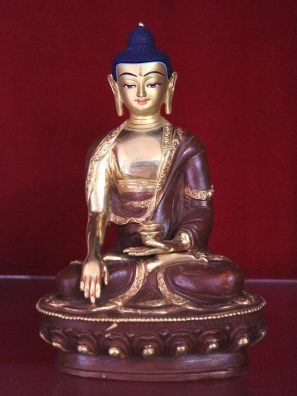
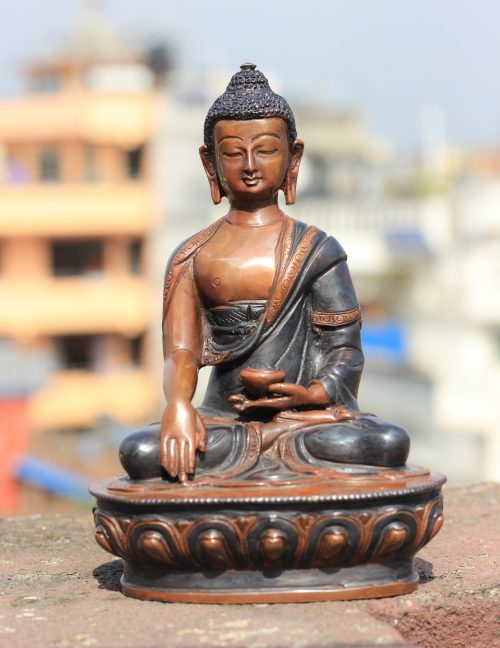
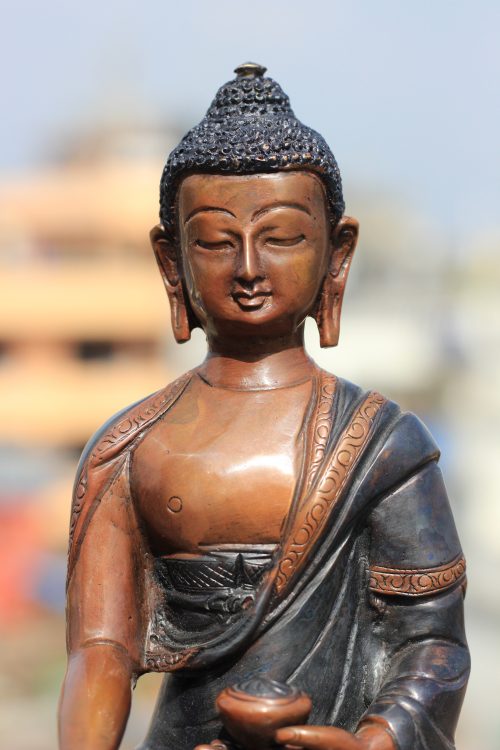
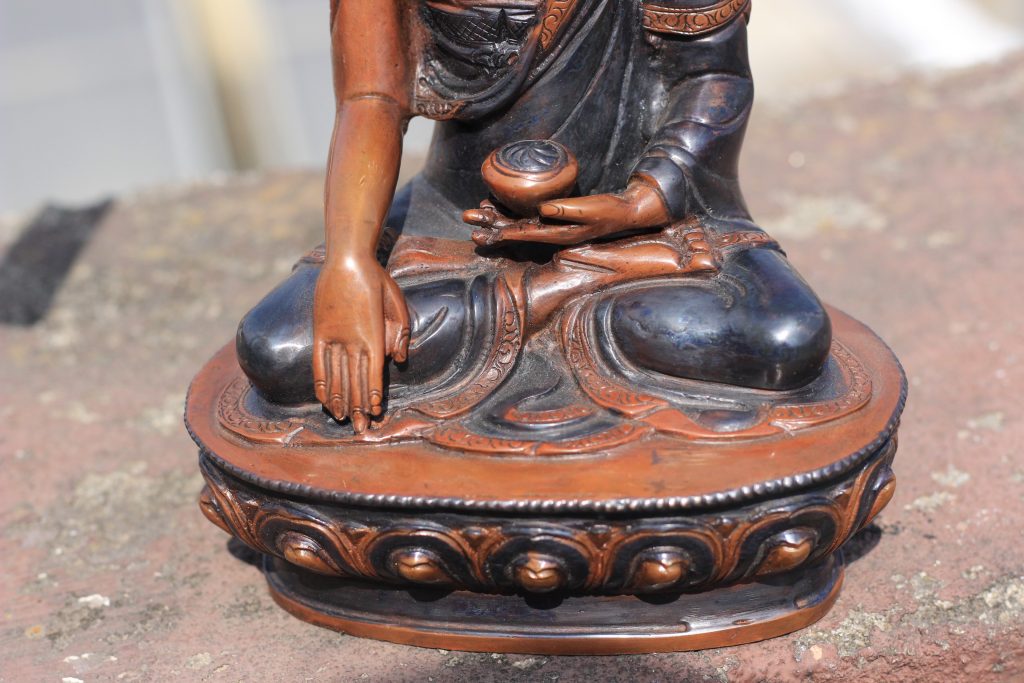
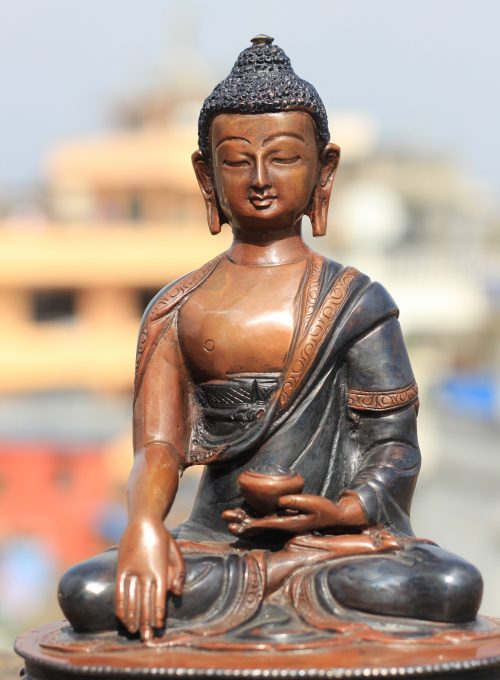
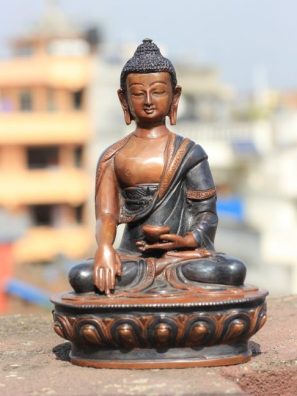
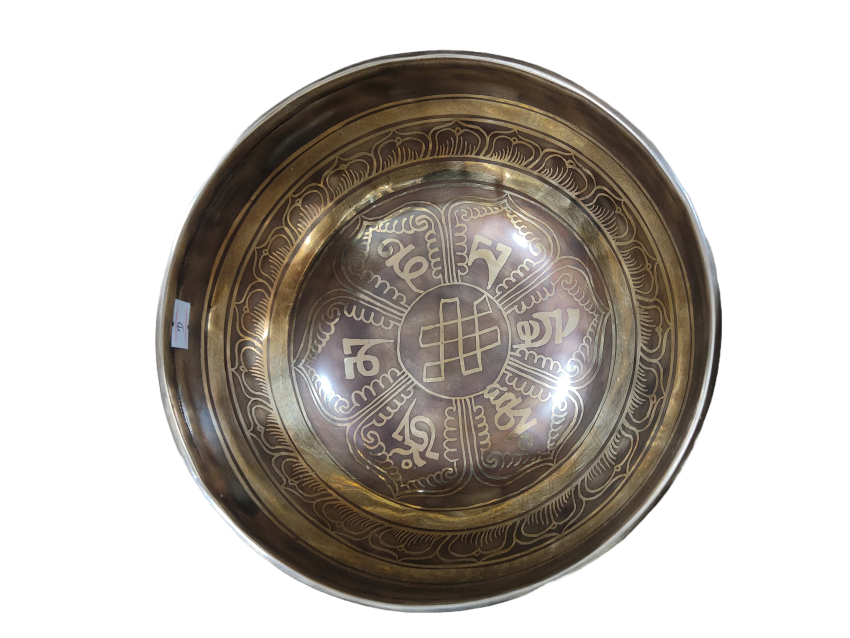
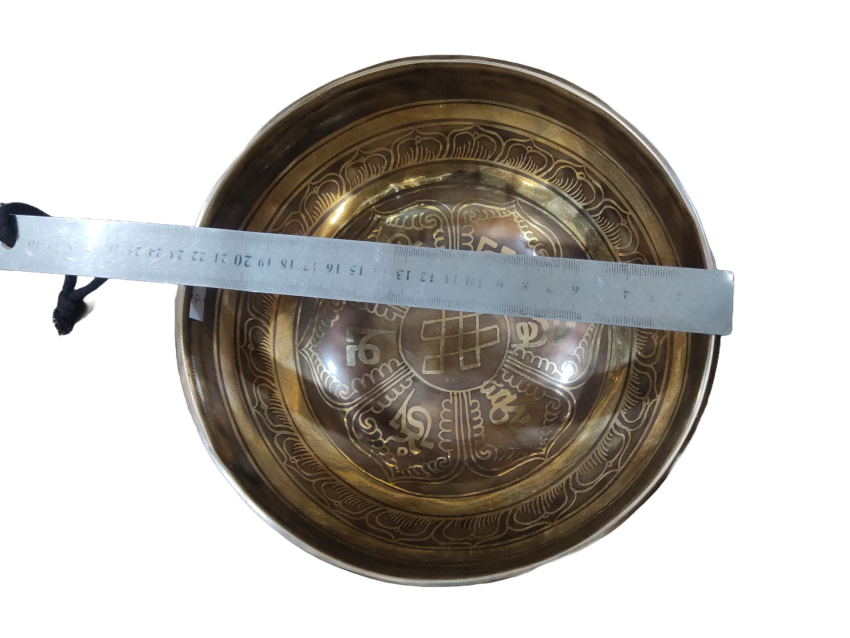
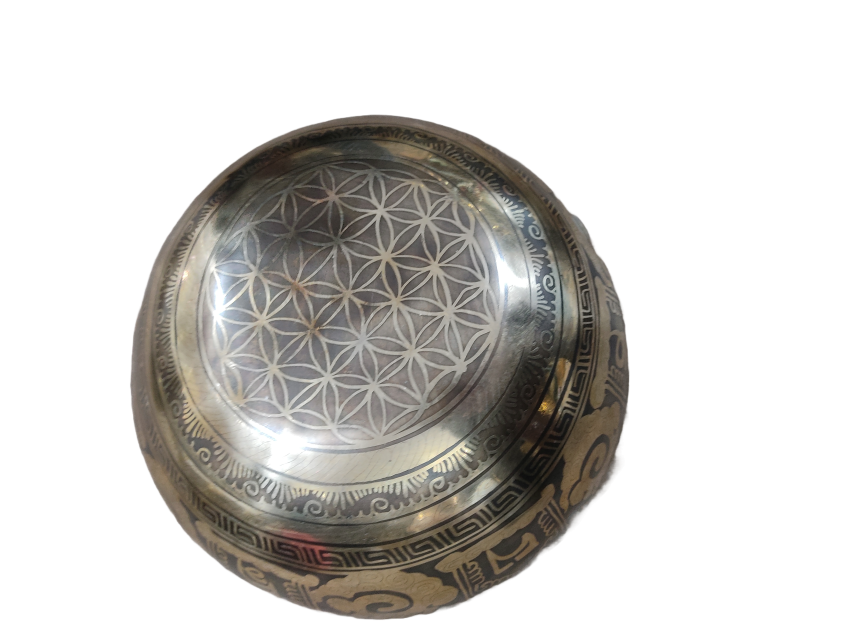
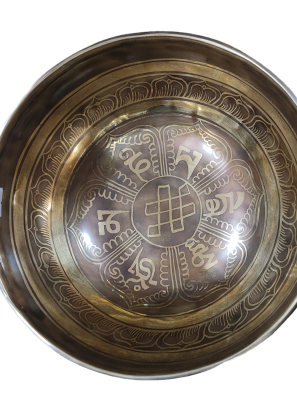
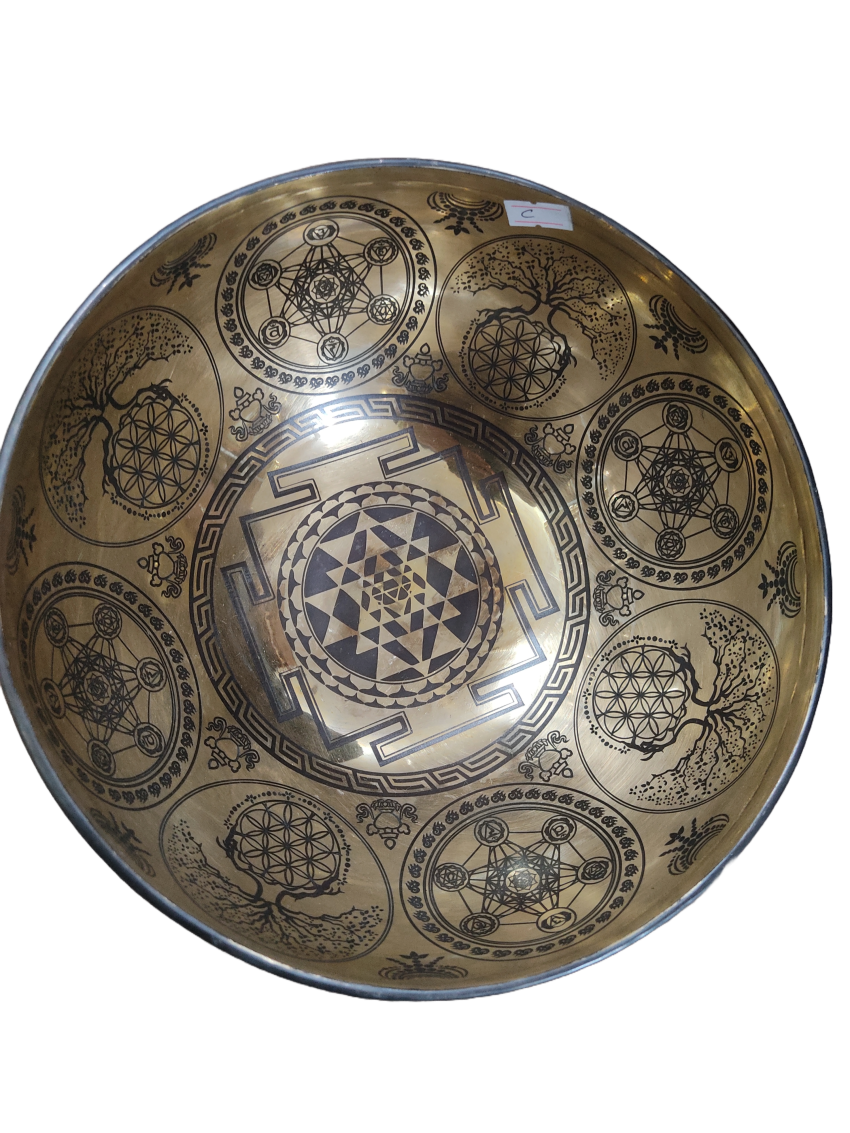
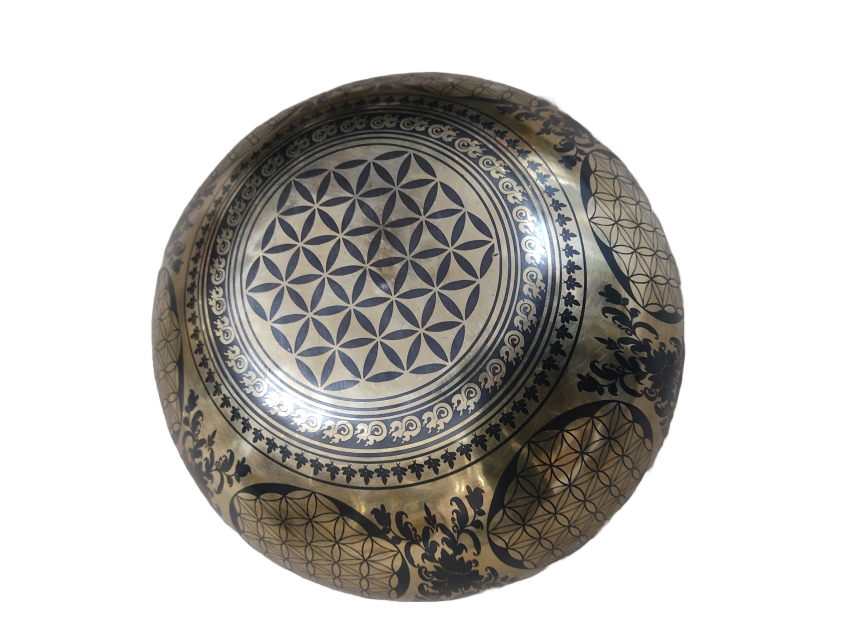
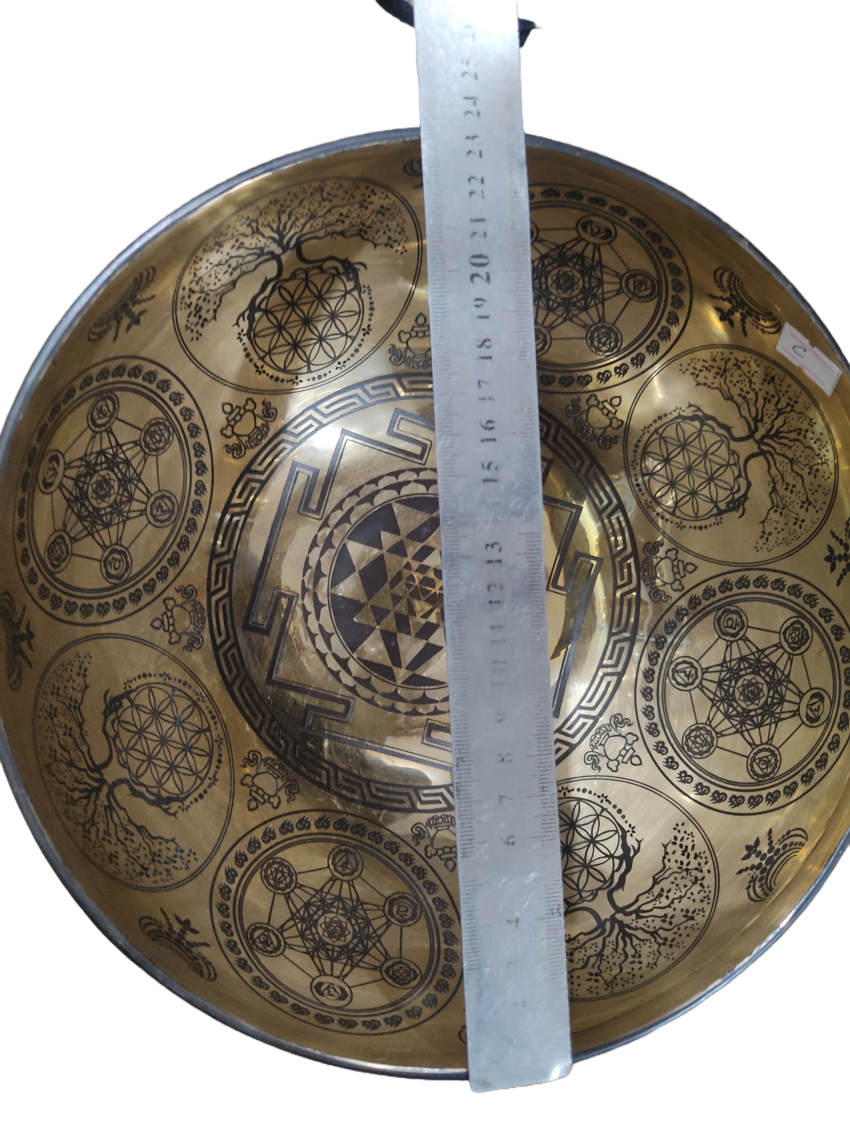
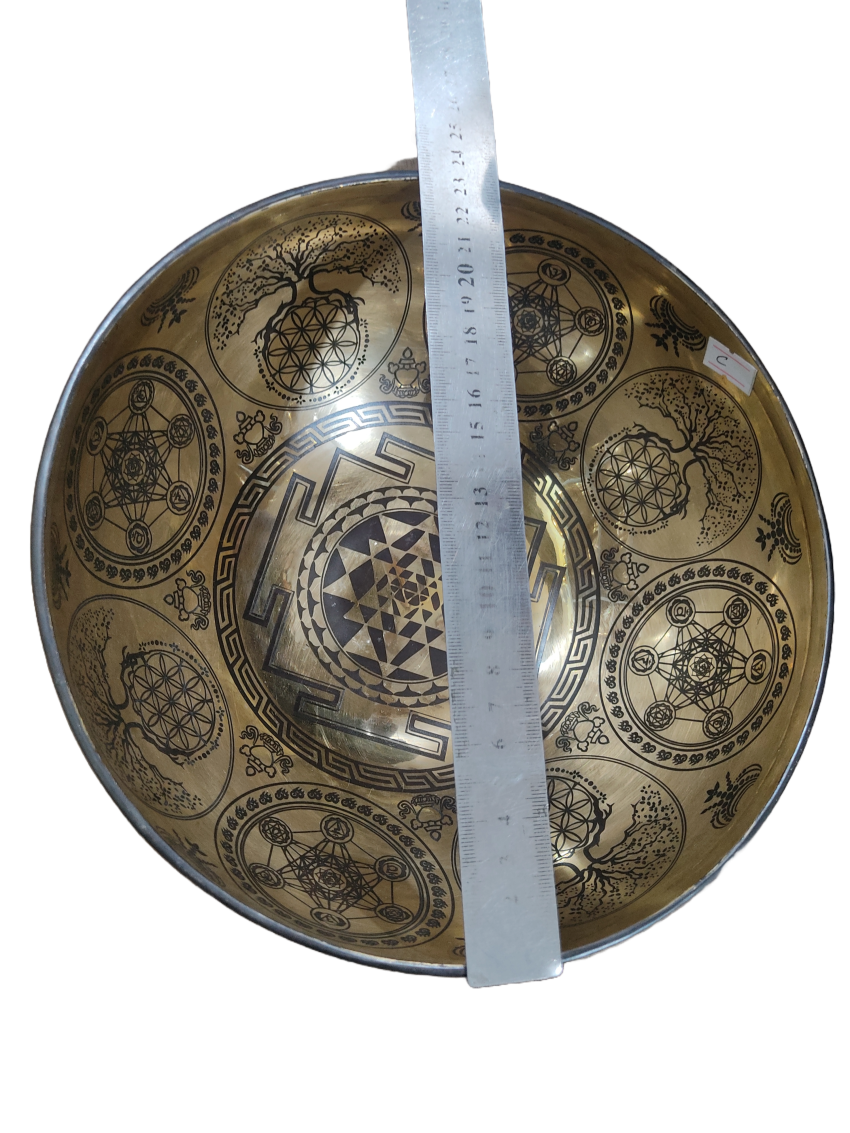
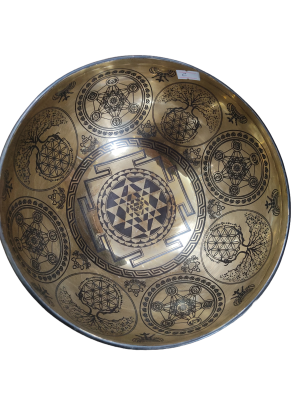
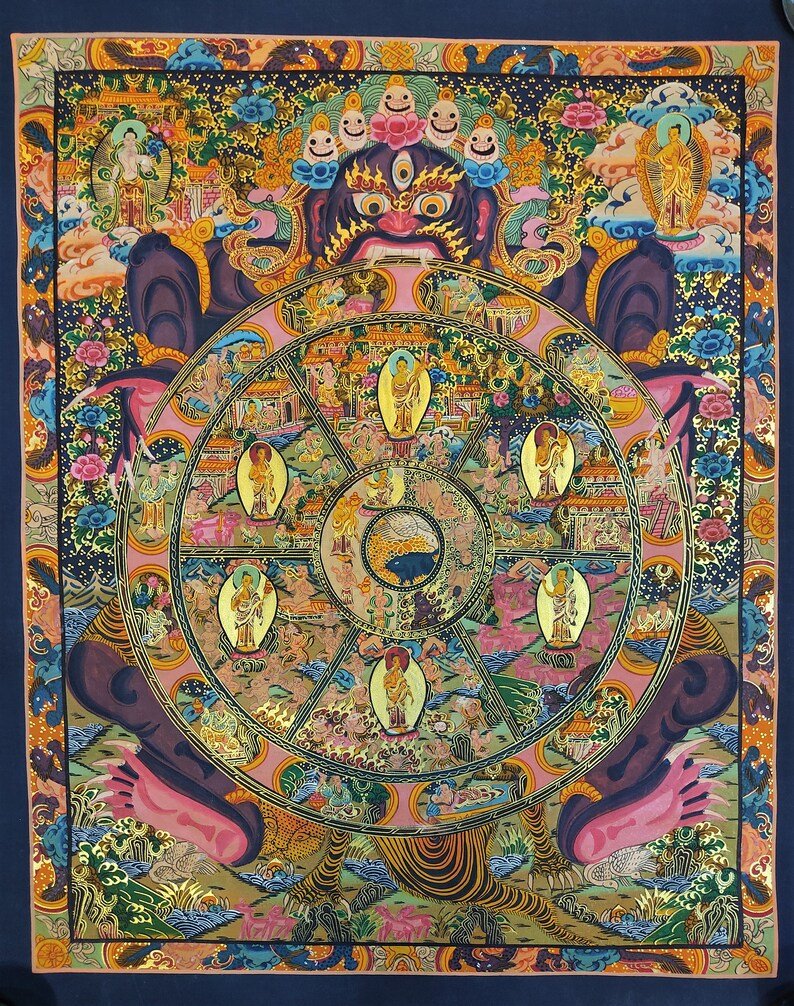
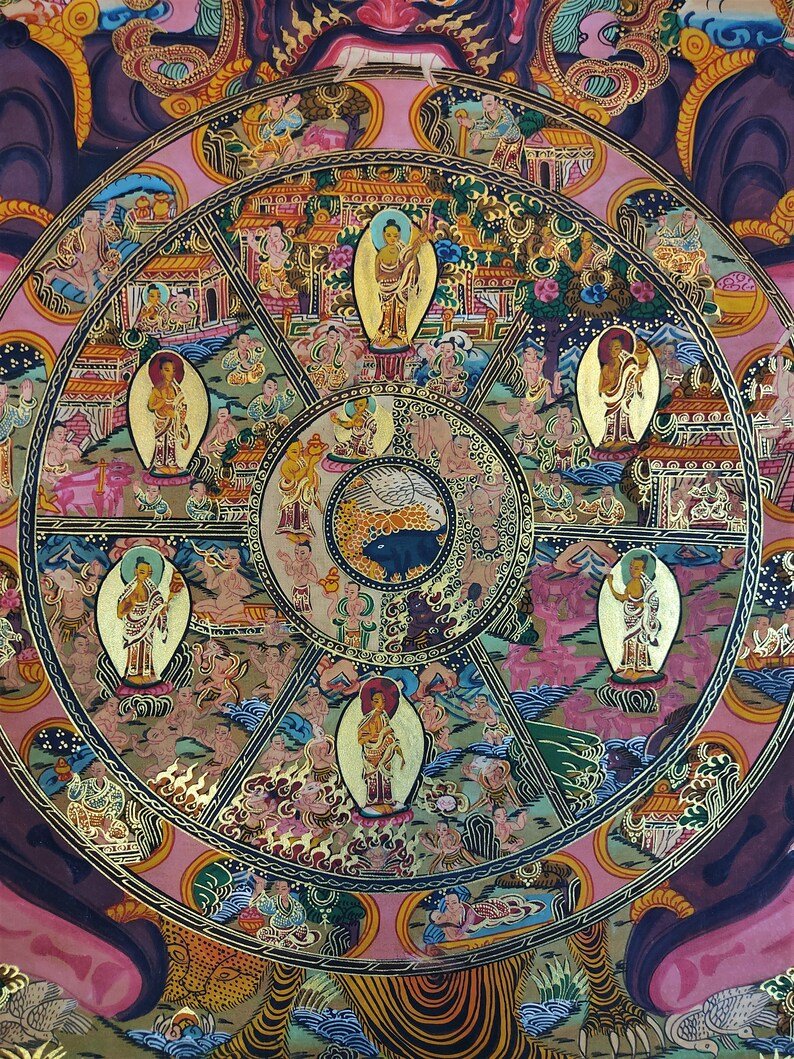
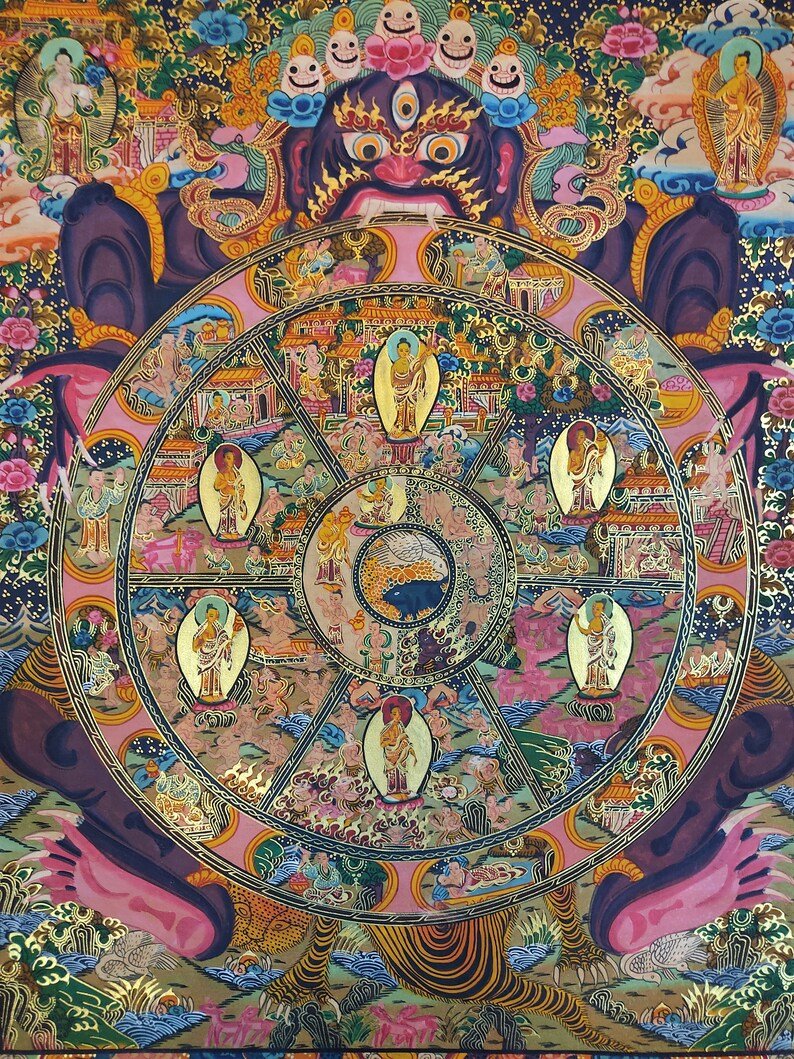
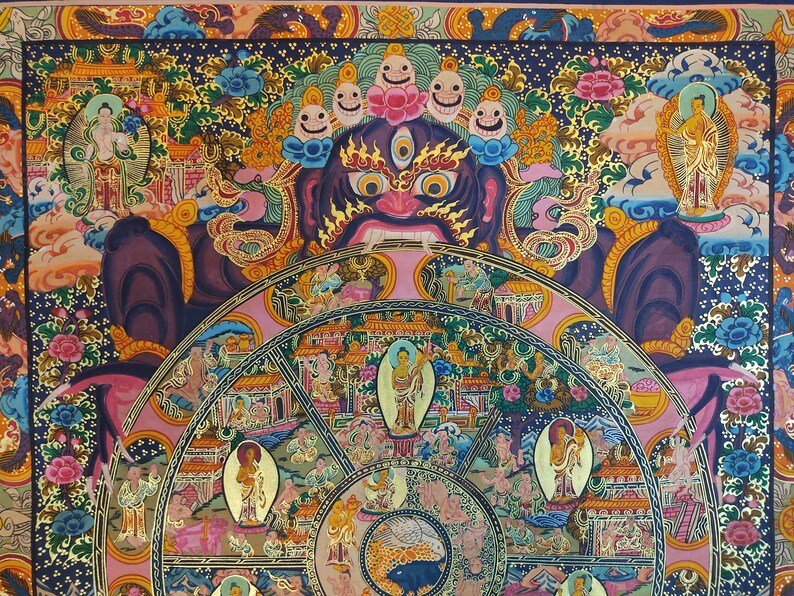
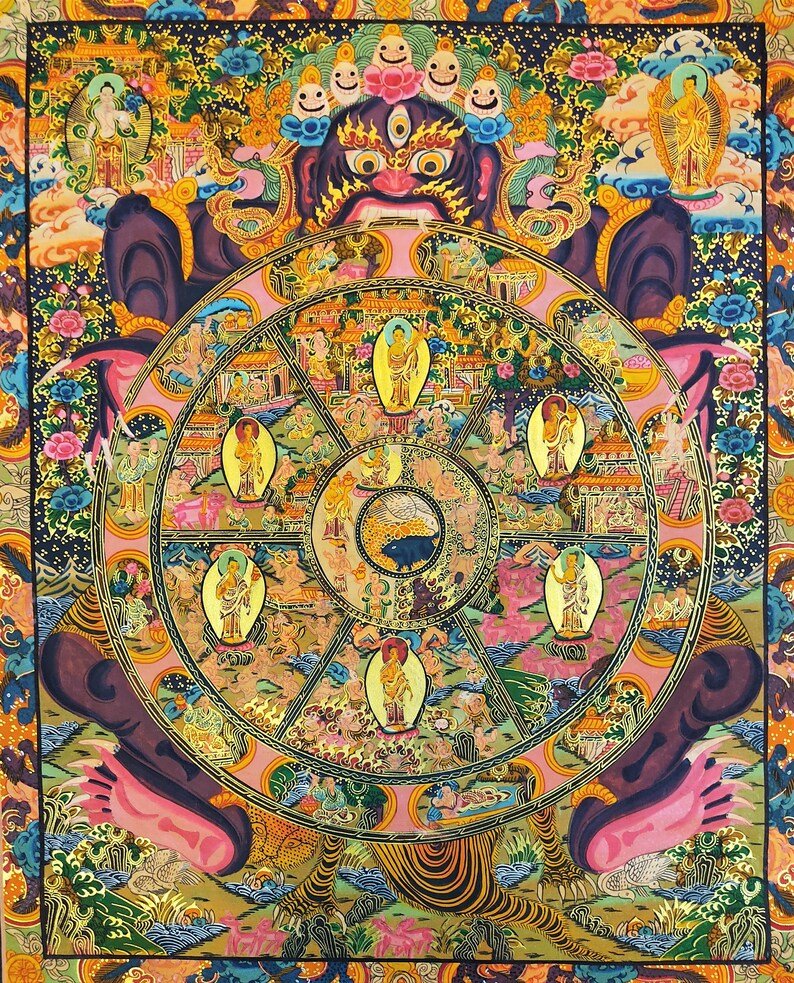
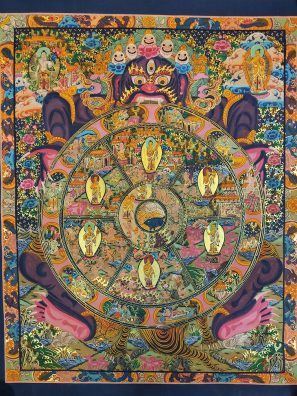
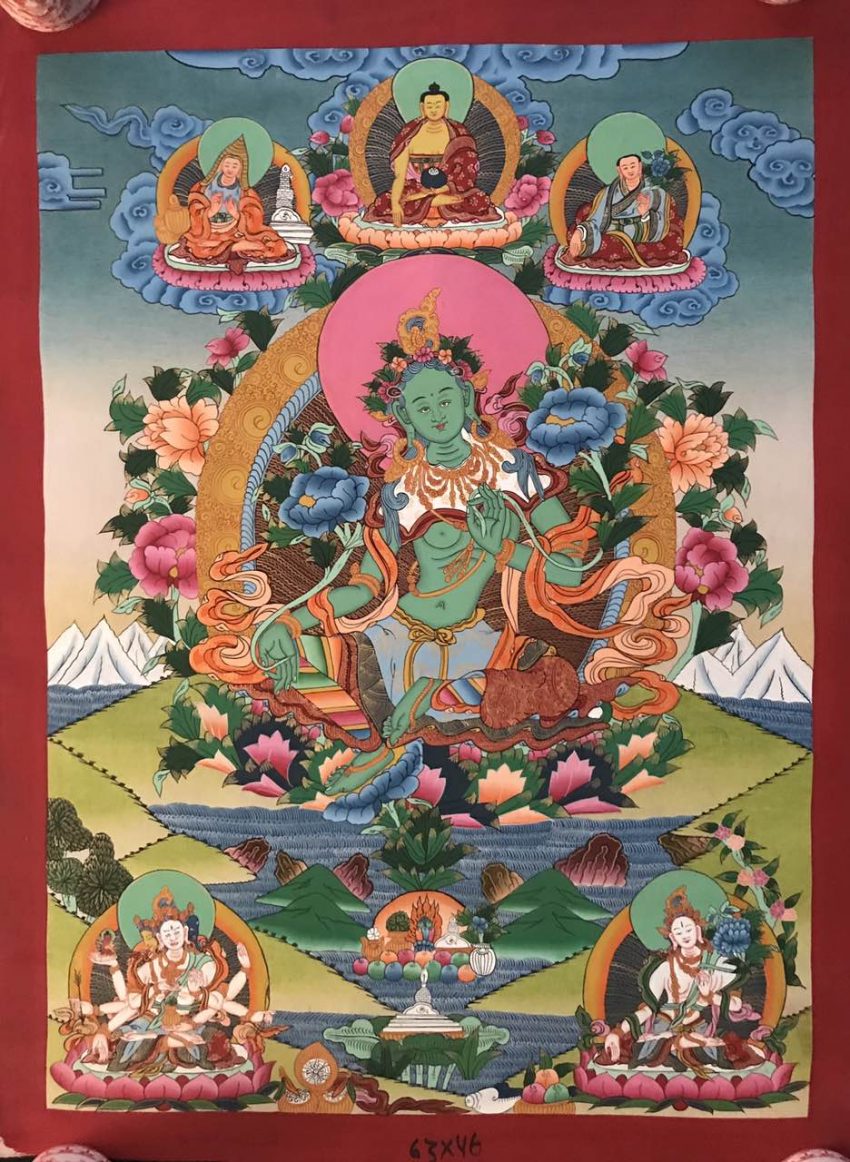
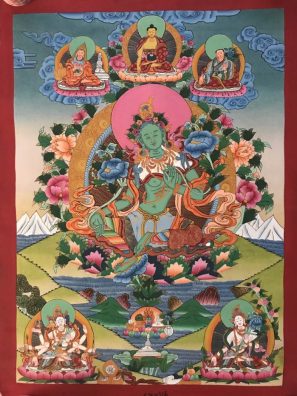
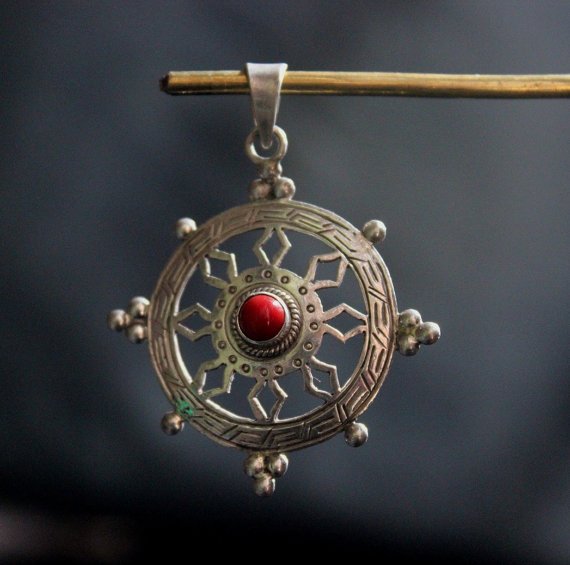
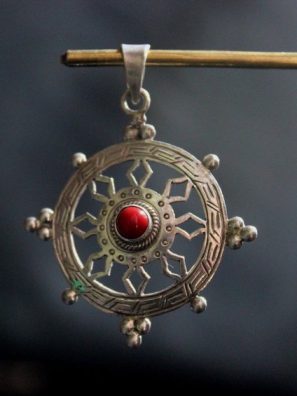
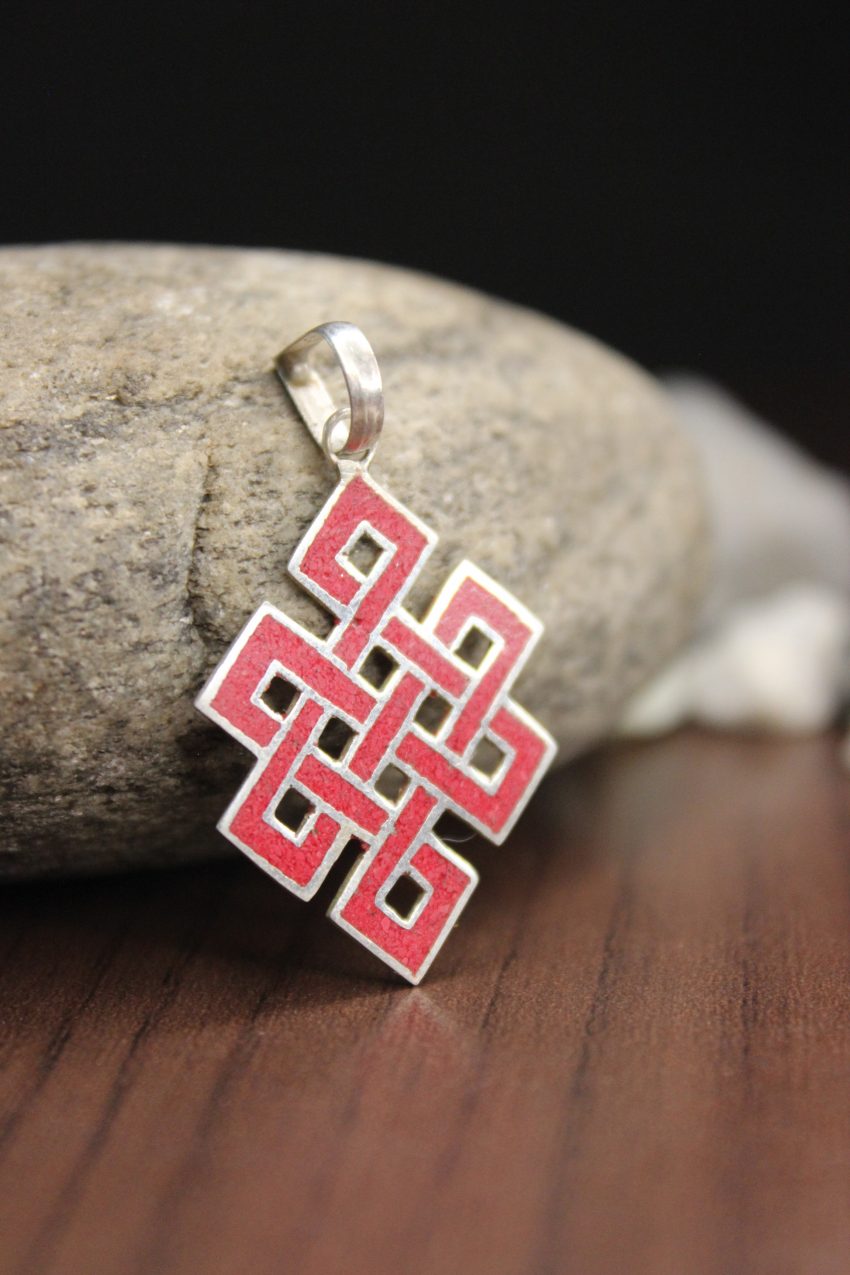
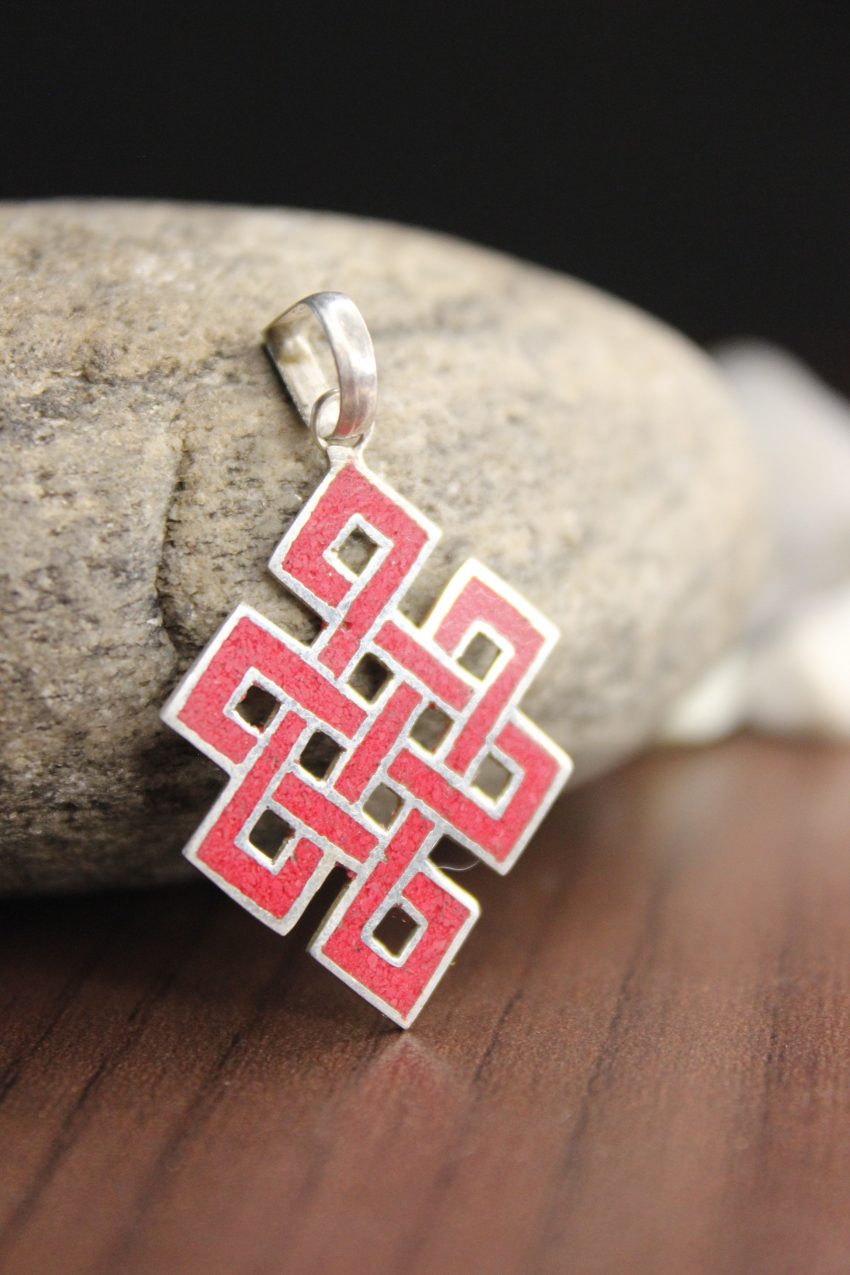
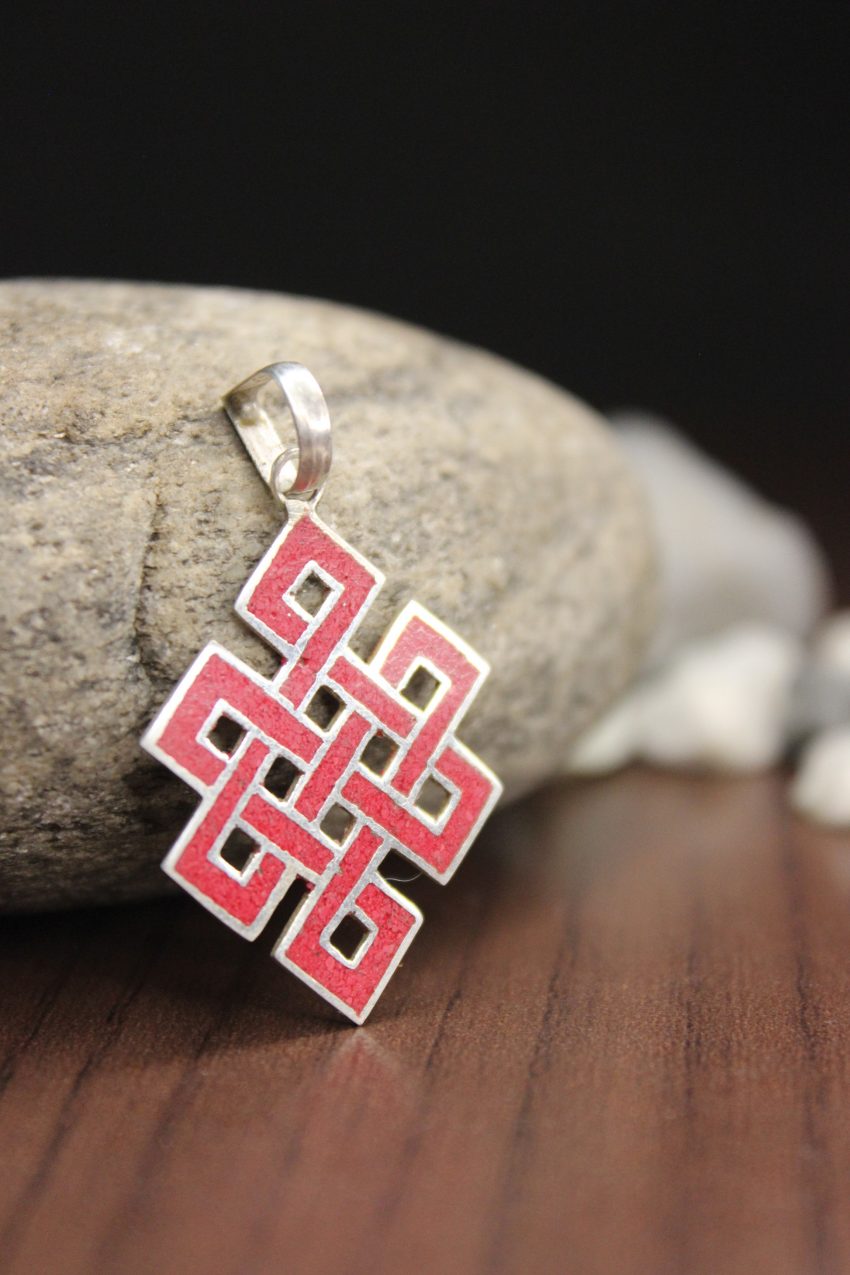
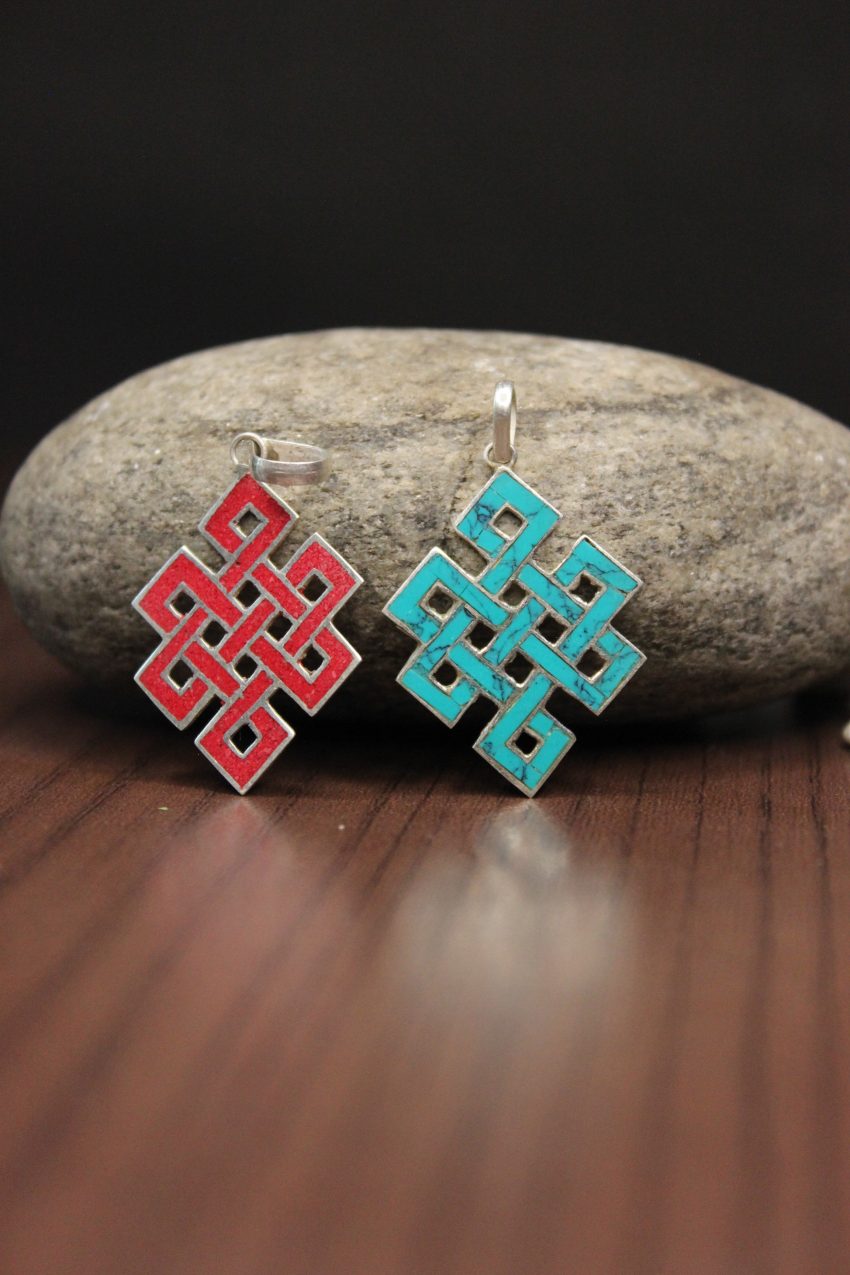
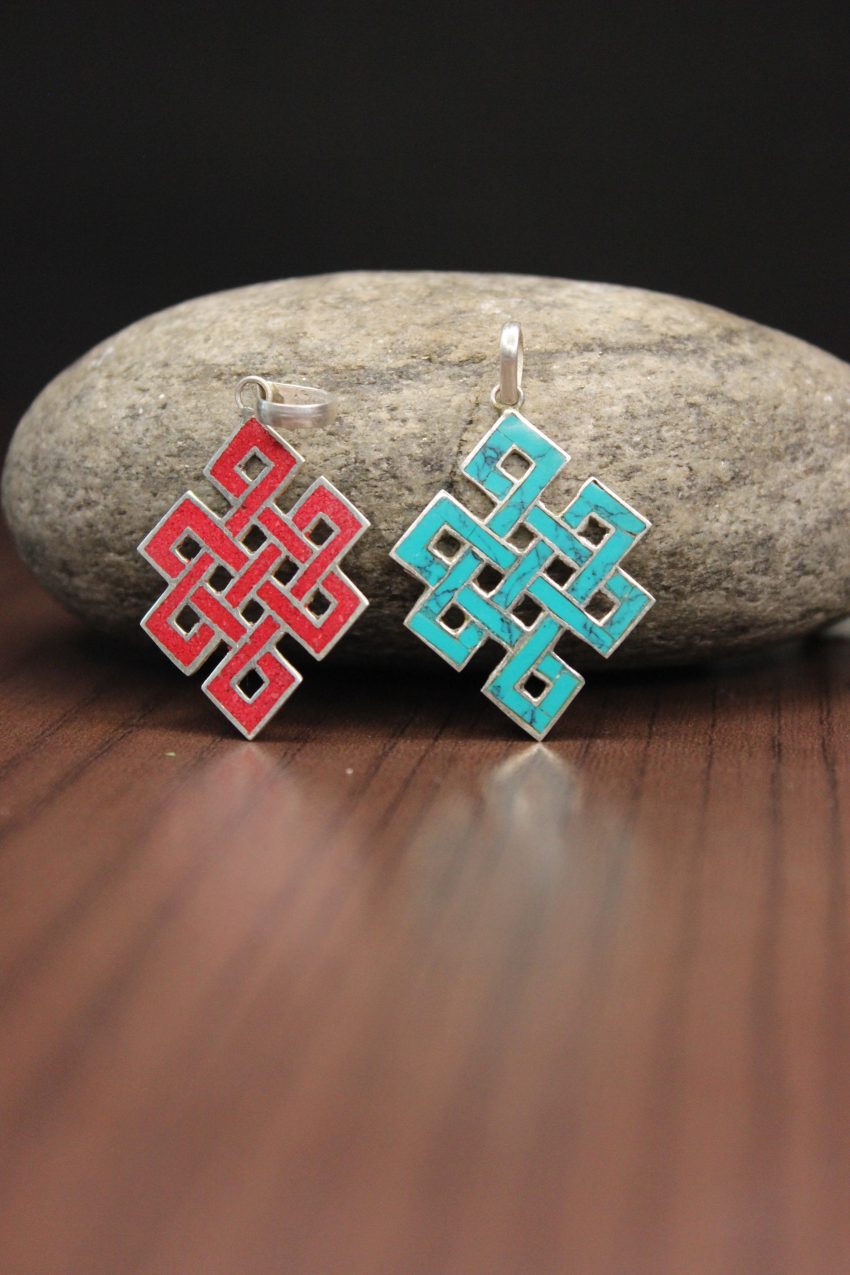
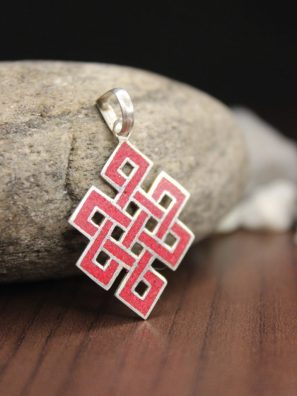
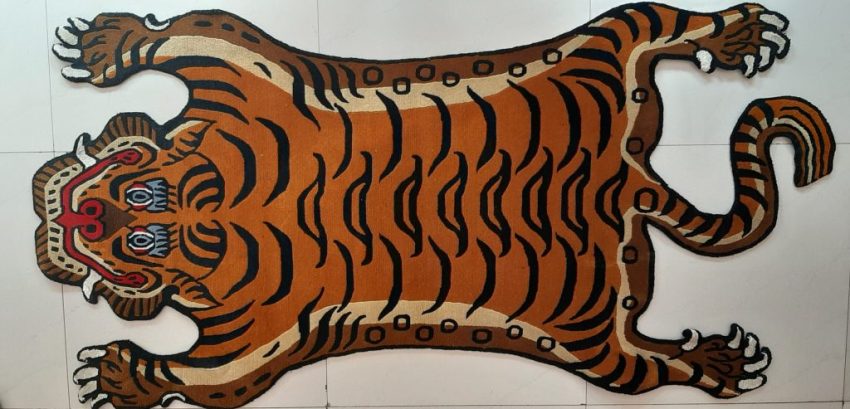
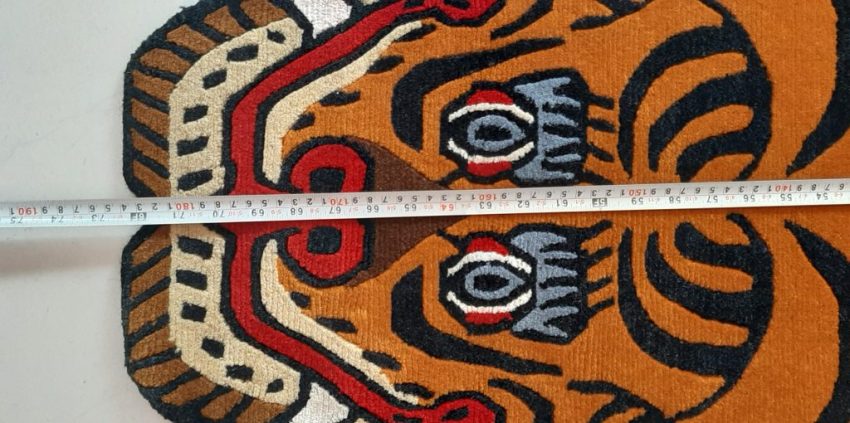
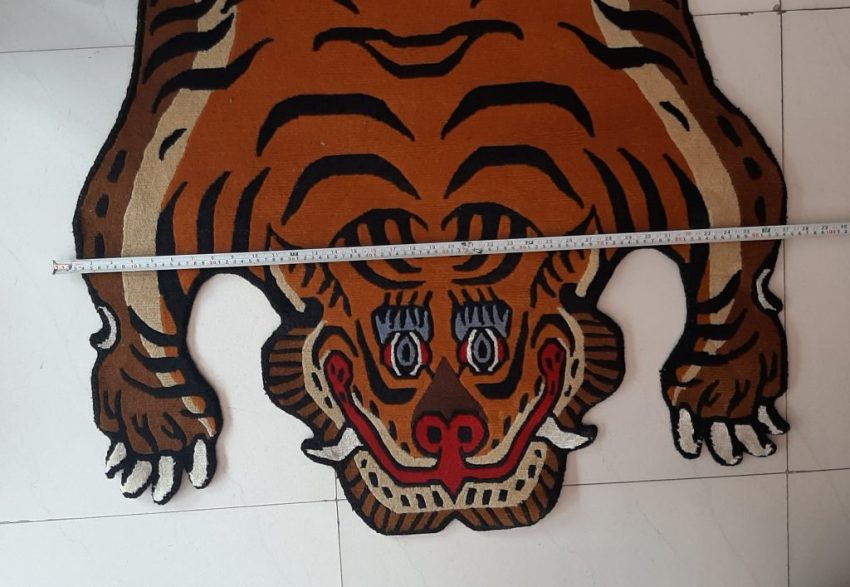
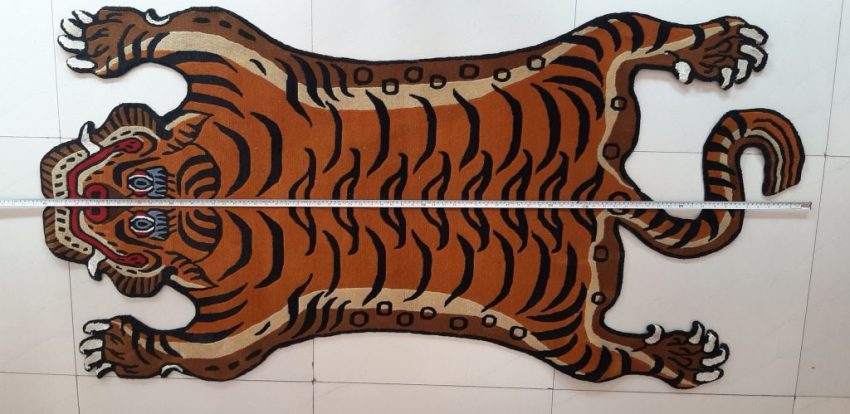
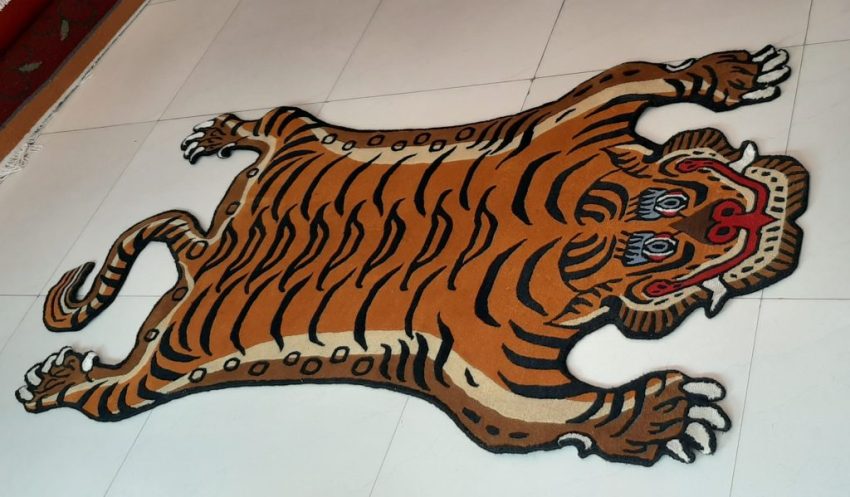
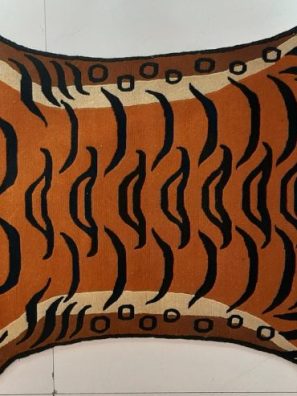
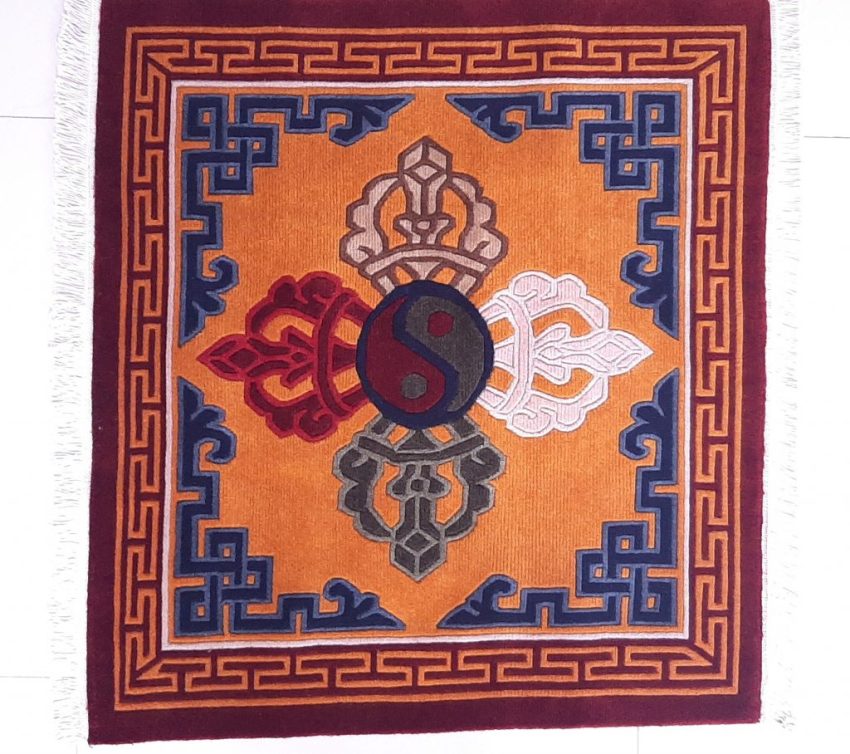
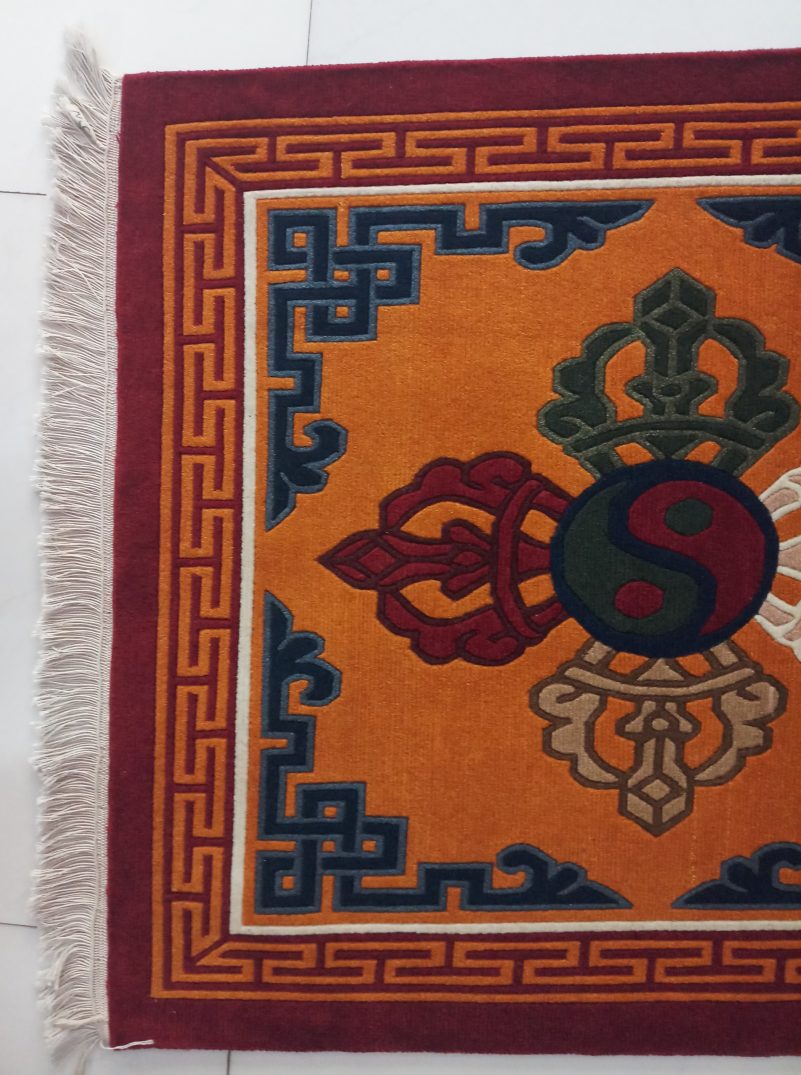
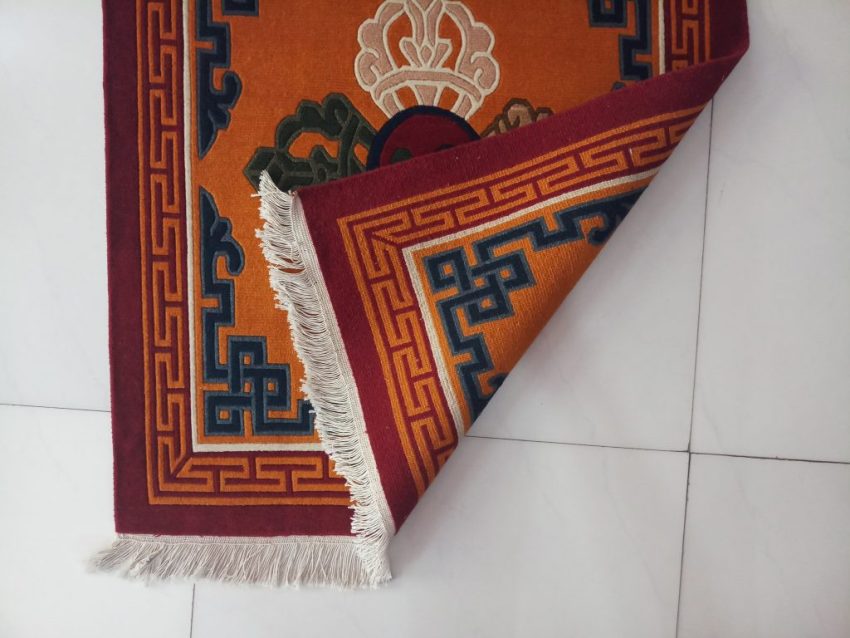
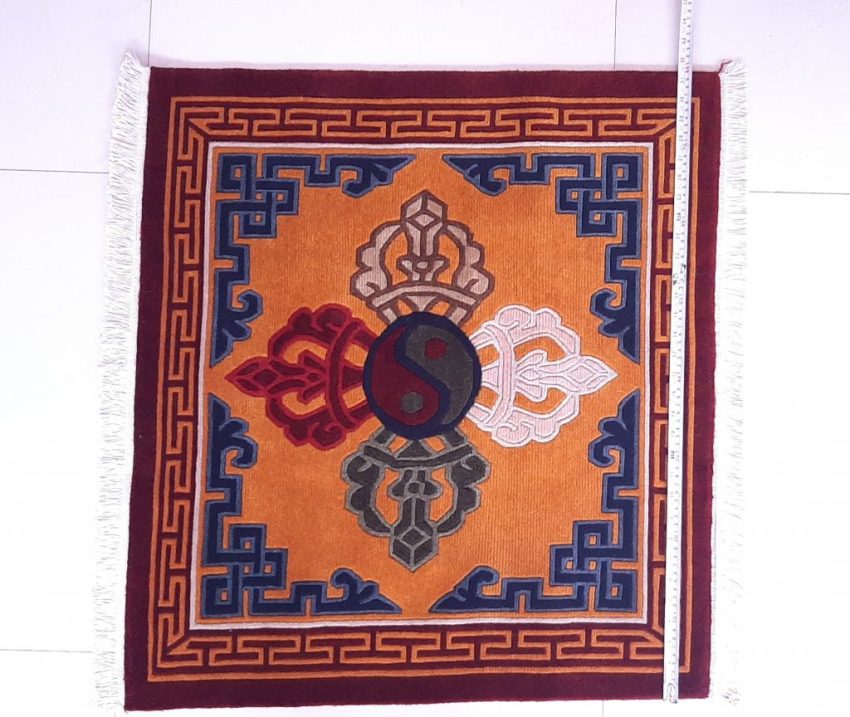
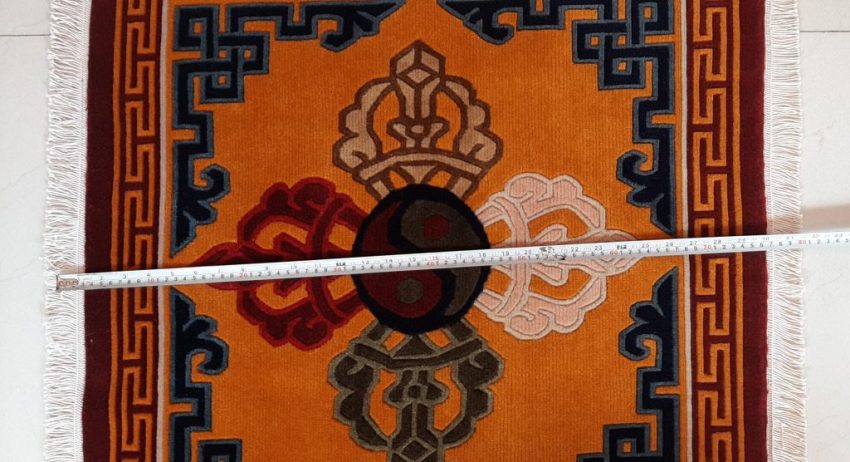
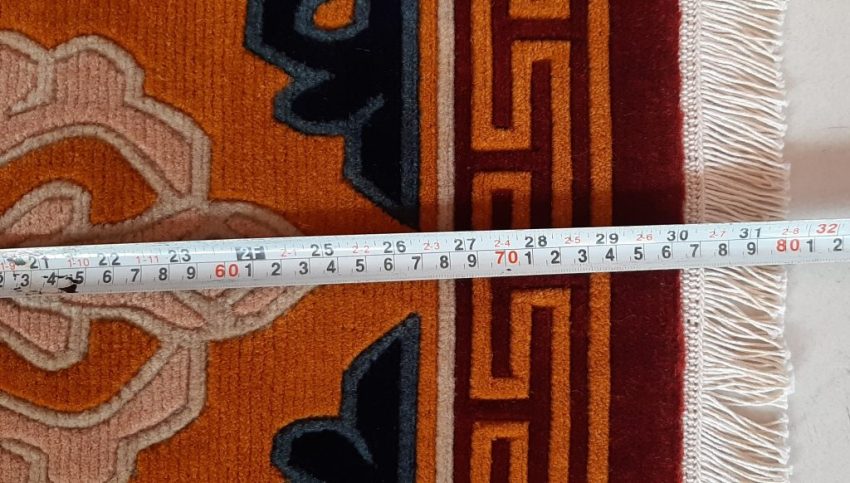
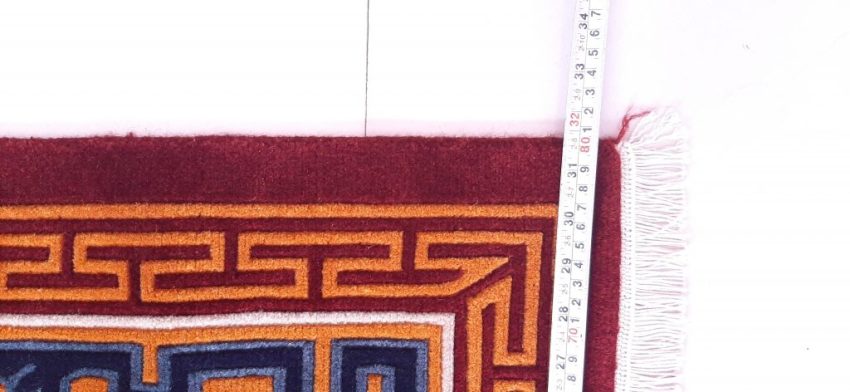
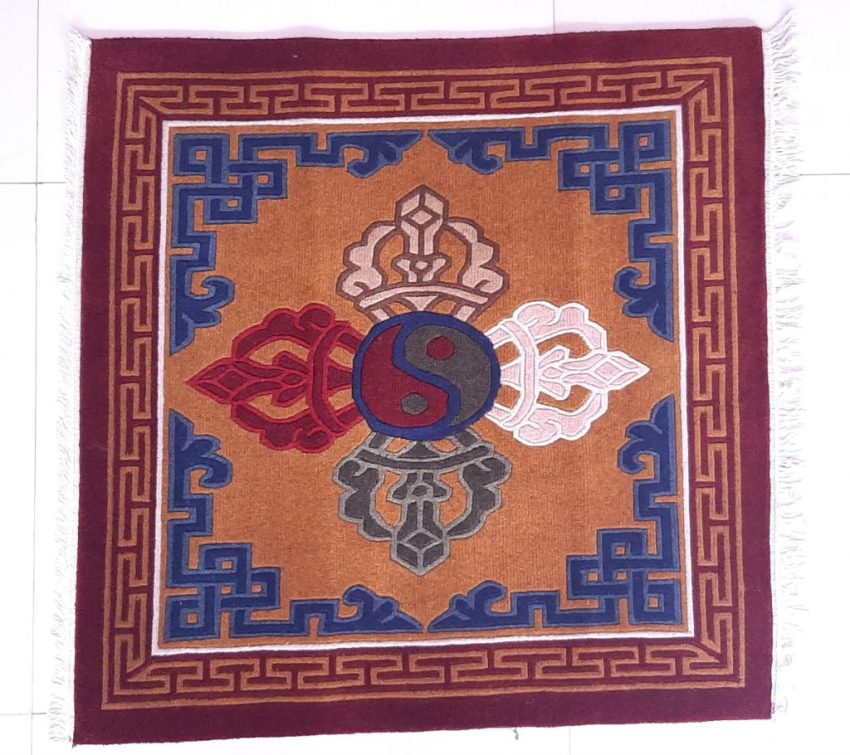
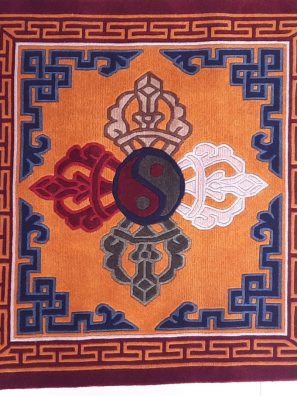

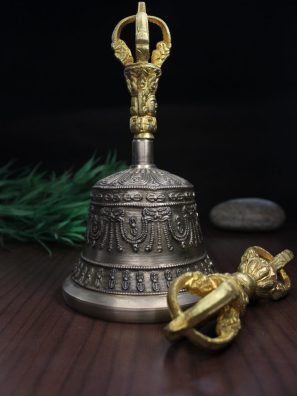
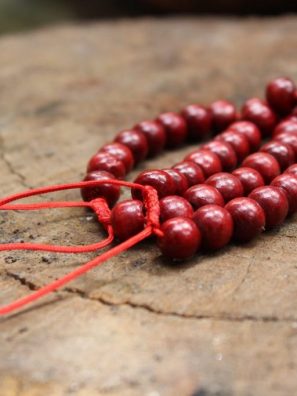
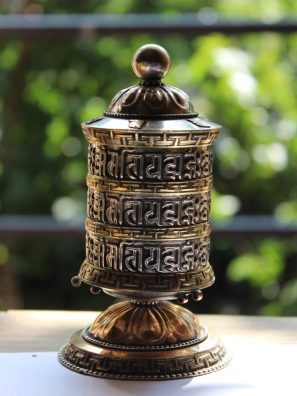

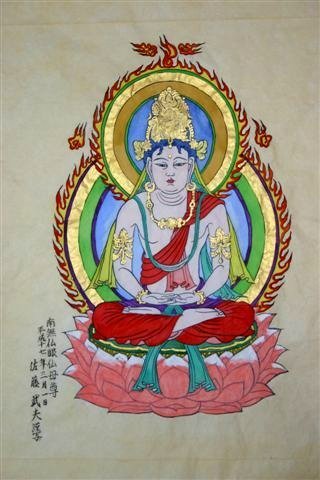

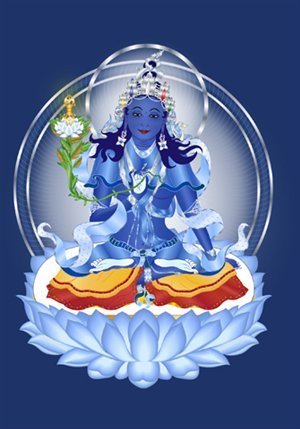
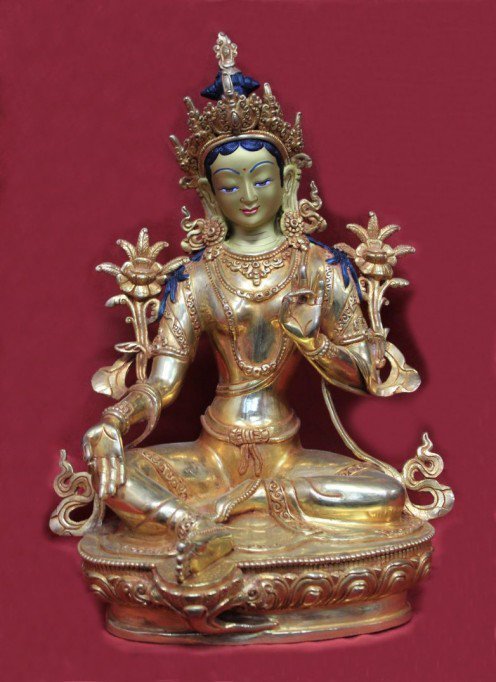
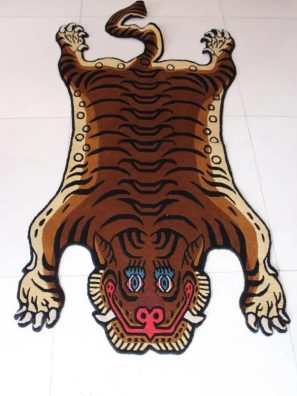
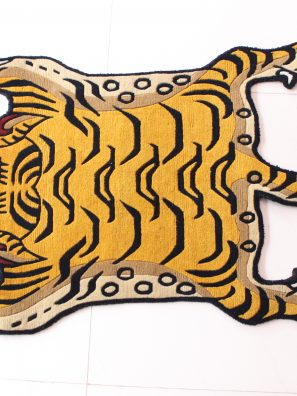
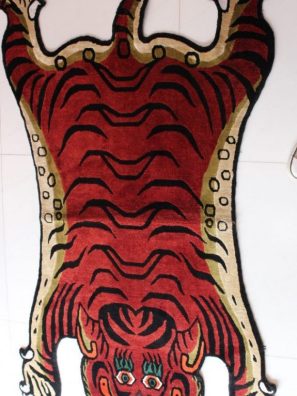
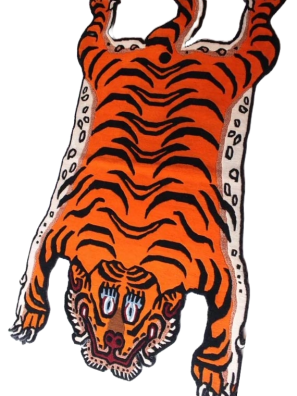
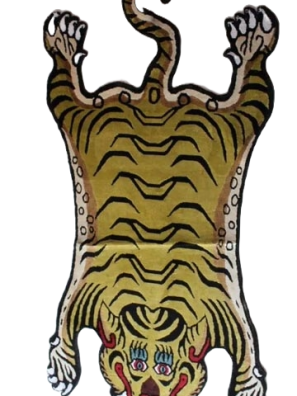
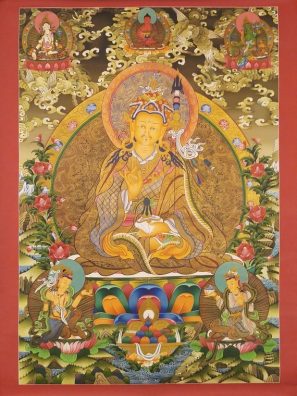
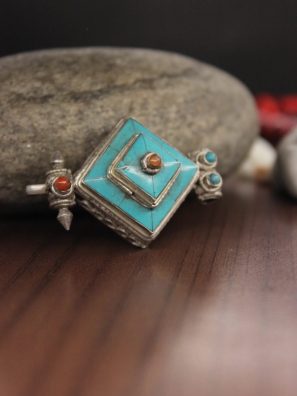
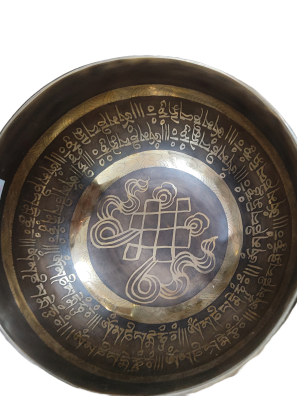
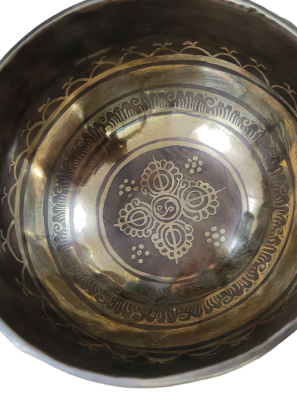
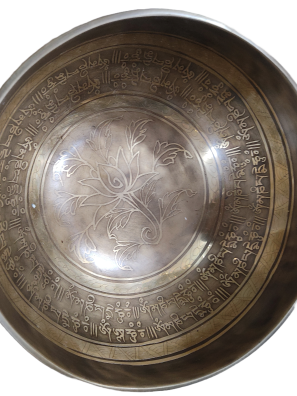
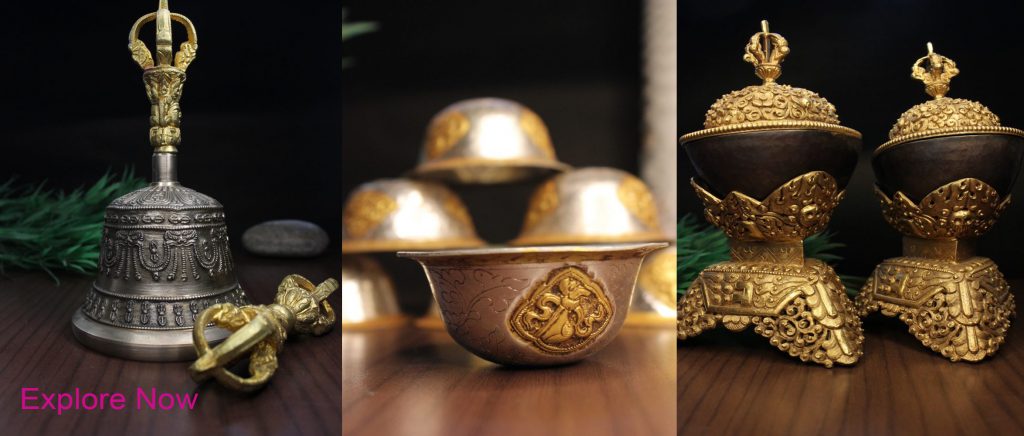
Margeret Madden
Beautiful bowl … quick service very plzed customer Thks ?
margeret madden
antrim, United Kingdom
Review left on Etsy by pinkdolphin2002 on Mar 29, 2016
Lunacywitch
Terrific bowl. Beautifully made with a lovely sound. Lovely bowl. Fast delivery.
Review left on Etsy by lunacywitch on Mar 6, 2020
Check this Product Out!